|
Hello and welcome to the Stone News by Devicare, where we discuss every 2 months the most recent and relevant studies in stone disease.
Subscribe now
|
|
|
|
|
|
Dear Stone Fans. Welcome to the winter issue of Stone News.
As new laser technologies have emerged achieving micro-dust, new techniques to evaluate stone composition from dust have been described. This will be very important in a near future as aspiration methods will be included in our armamentarium. In this same line, the second article evaluates in-scope suction discussing one of the most needed tools in endourology.
Finally, we will look to radiomics in urolithiasis, a new term we need to be familiar with as AI will be a main character of our system.
We have three great papers to discuss from latest literature regarding stone disease, please enjoy.
|
|
|

|
|
|
 |
Technique, Feasibility, Utility, Limitations, and Future Perspectives of a New Technique of Applying Direct In-Scope Suction to Improve Outcomes of Retrograde Intrarenal Surgery for Stones.
Gauhar.V et al. J Clin. Med. 2022
|
 2' 2' |
https://pubmed.ncbi.nlm.nih.gov/36233577/ 
|
|
Dusting is becoming the primary technique for lithotripsy. As finer and faster dusting can be achieved new possibilities have opened in terms of improving visualization and ultimately stone free rates.
In this study the authors described a new simple attachment to the scope that can aspirate dust simultaneously during lithotripsy, or in between lasering.
The device consisted of 3-way stoppers interconnected, one inlet was used to connect suction and the other for irrigation. The device was called direct in-scope suction (DISS).
The technique was used in 30 patients undergoing lithotripsy with a TFL. The group was compared to 28 patients undergoing RIRS with a suction access sheath and the use of Holmium YAG. Between both groups, the DISS group had double stone size (22 vs 13 mm) and operating time. Nevertheless, the DISS group had shorter hospital stay. Postoperative complications were minor and comparable among groups. Unfortunately, both groups had 35% of residuals and 10 patients with the new device needed a second look. This study shows the feasibility of new techniques for aspiration. For sure is a next step for the future of RIRS where we hope aspiration will increase stone free rates and will allow us to use the full power of lasers, perhaps treating larger stones).
|
|
|
|

|
|




|
Aviso Legal | Política de privacidada
Este mail ha sido enviado a {{ contact.email }} por Devicare Lit Control.
Si quiere darse de baja de las comunicaciones de la Stone News puede enviarnos un correo electrónico a
dop@devicare.com o pinchar aquí.
Av. Can Domènech s/n | Eureka Building UAB Research Park | 08193 Cerdanyola del Vallès,
Barcelona | España
Copyright (c) 2021 Devicare Lit-Control.
|

|
|
|
|